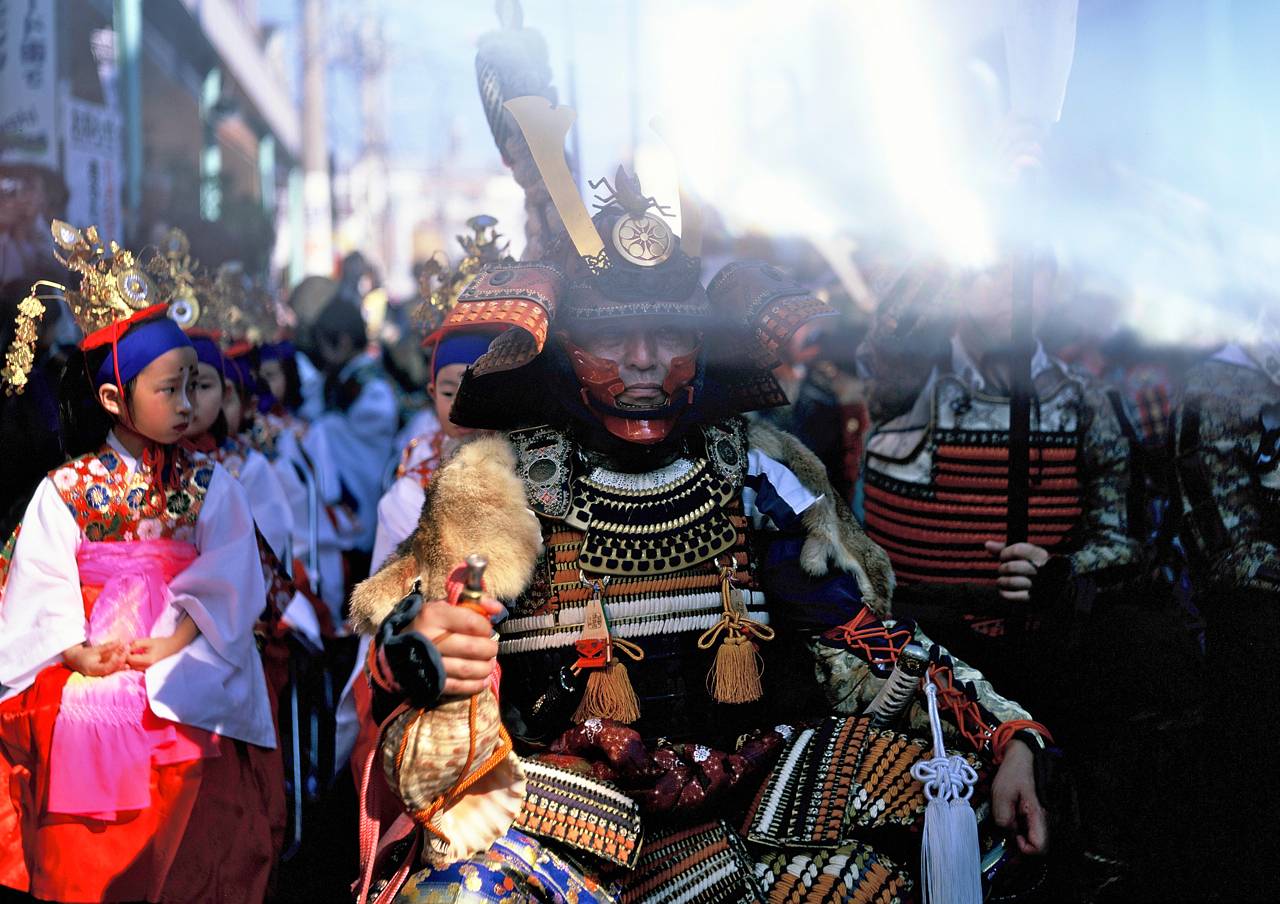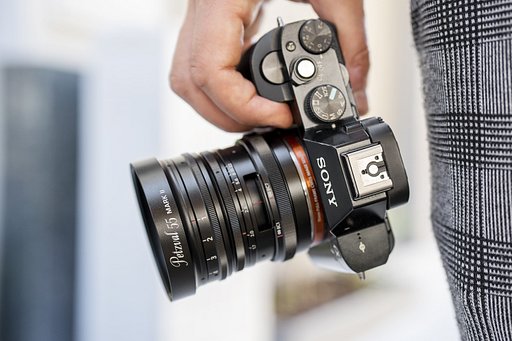Folding Cameras: Medium Format in the Pocket
35 70Folding cameras have been the typical amateur camera from the beginning of the 20th century to the 50s, mostly using either 120 or 620 medium format film. We probably all know the look of the typical bellows, giving us an image of a vintage camera from the past. But does it make sense to still use them as a Lomographer today? Here’s an old Kodak Six-20 from the 30s and a Fujica Six from 1949:
First of all, the concept has been ingenious. A medium format camera which you can stick into your pocket and which does not have the size and weight of a rocket launcher, like the Hasselblads and Mamiyas, that we know from the photo studios of the past.
Especially tempting, the 6×9 size. 6×9 cm format is something. It provides a wide-angle view but extremely shallow depth of field because the usual lens on those cameras has a focal length of about 105 mm. That would be already a tele lens on 35 mm, but the 6×9 format is much bigger and therefore providing a much larger angle of view at the same depth of field.
Saying that in simpler words, the medium format provides great creativity such as what should be in focus and what should be blurred, even in a wide-angle shot. The look of a 6×9 format picture is something, you will never ever get on any digital camera because sensors of that size do not exist yet (or they are at least not affordable for common users – the NASA or Air Force might have a few though).
Not really an interesting picture, but a nice example:

The man in focus is sitting at a distance of about 15 meters to the camera and the background is still slightly blurry. Could we take such a picture on 35 mm film as well? Yes … but you would need to step back a lot for getting the same things in the frame and that is a space, we mostly don’t have (especially in closed rooms, buildings or on the street). So, for example, this picture would have been impossible on 35 mm, because I couldn’t have stepped back so much:

So the idea of using medium format, in general, is “getting a shallow depth of field on a narrow space and/or a wide angle view”. Perfect for shooting groups of people for example, like this snapshot of me and my friends. Something that is impossible to get on 35 mm film:

But as we know, where there is light, there is always a shadow, and it is exactly the shallow depth of field which makes those folder cameras difficult to use because most of those old beauties have been just viewfinders (and not rangefinders). It means that there is no help for setting the focus. It needs to be guessed, which is rather tricky and more a miss than a hit.
Only a very few (and unfortunately expensive) folder cameras have been equipped with a rangefinder, as for example this Carl Zeiss camera (a Super Ikonta 531/2 from 1940):

So, what most people in the past did is, to stop the lens down and use mostly small apertures like 16 or 32 for getting a larger depth of field and a better tolerance for setting the focus. Then, those cameras can be used as “real Lomography cameras” in the meaning of just point and shoot, but it definitely requires a faster film then (up from 400 ASA). The actual benefit of getting a shallow depth of field, is, of course, gone. Or we need to improvise a little bit sometimes. I just had a Fuji Velvia 50 in my camera for this picture, just guessing the exposure time and put the camera on a handrail. It is taken with a 1941 Clover Six. I couldn’t clean the lens perfectly and the shutter has been working just at 1/125 sec and B on this one, but the film is forgiving and there is still a chance for getting good shots.
Plus, not super clean and sharp lenses can have a certain vintage charm as well. Here is another snapshot that I took with the same camera of a friend during one of his classic “roof parties:”
Talking about formats, 6×9 is not the only format, folder cameras are using. There are also many, which are using 6×6 and 6×4.5, sometimes native, sometimes using an adapter (masking). Here is a picture was taken with a Semi Minolta P from 1951, using a native 6×4.5 format. The camera is capable of exposing 16 pictures on a 120 film then.

What is important to know, when wanting to purchase such a camera from an auction or wherever?
First of all, the film type. Most of those cameras want 120 film, which is still available, but some are also using 620 film, which is exactly the same as 120 film, but spooled on smaller spools. Ordinary 120 film spools do not fit into those cameras. It is still possible to get 620 film, but there are only a very few suppliers. Another way would be “re-spooling” the film, which is not difficult, but it is not easy to get empty 620 film spools for doing that. So, my recommendation would be, just looking for folders that can directly take 120 film and there are many of them.
The cardinal weak point of those folder cameras are the bellows. Sellers often state that they are not light leaking, but they often do so. That’s not surprising after decades of usage and folding them back and forth, and light leaks are often very difficult to detect. It can be just a pinhole, somewhere hidden in a corner of the bellows and creates a picture that looks like this:

However, it’s no reason to become desperate. Go into a dark room and point with a small but bright LED flashlight on every corner of the bellows and you will find it. It’s worth doing that before wasting the first film role and if it is just a small hole, it can be fixed quite easily in many ways. In case of a bigger crack, the bellows mostly need to become replaced though. There are many manuals for DIY, but I can’t say if it is easy or not, because I never tried it myself.
The good news: old cameras are mostly simply constructed, which makes it easy to clean the lenses, but they also provide a lot of creative opportunities. Why not try to load a 35mm instead of a 120 film and get a super panoramic view? I haven’t tried it yet, but I definitely will and it would be possible on some very old 120 folders like this 100-year-old Kodak No. 2 Autographic Brownie:

It’s capable of taking pictures like this:

Is a rebirth of this type of camera possible? Why not? Maybe Lomography will come up with the first “toy folder” someday. At least, its a very compact and portable camera design, used by film photographers for half a century.
This article was written by Community member berndtotto.
written by berndtotto on 2012-01-25 #gear #people #medium-format #review #depth-of-field #6x6 #format #120-film #6x9 #vintage-cameras #620-film #folders #folding-cameras




















35 Comments